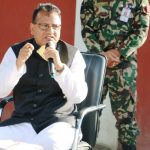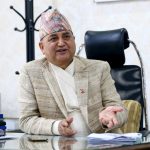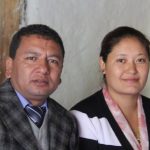12 May, Kathmandu: The World Bank (WB) has said that Nepal’s growth has rebounded strongly and has reached 7.5 percent in the fiscal year 2017. This is the highest economic growth rate in the country since 1994.
The World Bank has said that the best monsoons in recent years; increased availability of electricity; and greater investment as the earthquake reconstruction gathered speed are behind such progress.
In a press statement the WB said, “About half a million households, eligible to receive housing reconstruction grants, have received the first of three tranches. Second tranche payments have started and are expected to pick up by the end of fiscal year 2017. And a series of management reforms has eliminated power cuts in several major cities across Nepal.”
Transport has revived while wholesale and retail trades have normalized, according to the WB update.
Tourism is also recovering, with arrivals reaching pre-crisis levels during the September-December 2016 tourist season. Inflation has decelerated primarily due to the normalization of imports and moderating inflation in India as a result of demonetization, reads the press statement of the WB.
However, country’s exports remain slow due to sluggish India-bound exports and continued appreciation of the effective exchange rate resulting in the trade deficit.
“Government revenue and spending have performed well,” said Takuya Kamata, the World Bank’s Country Manager for Nepal. “Revenue has exceeded the six months’ target and spending, including on capital goods, has also significantly picked up compared to previous years and is on par with revenue.”
The economic growth will remain strong, but it is expected to moderate in line with country’s potential, averaging 5 percent over the next two fiscal years adding that the inflation will remain below the Nepal Rastra Bank’s target of 7.5 percent in the fiscal year 2017. RSS






